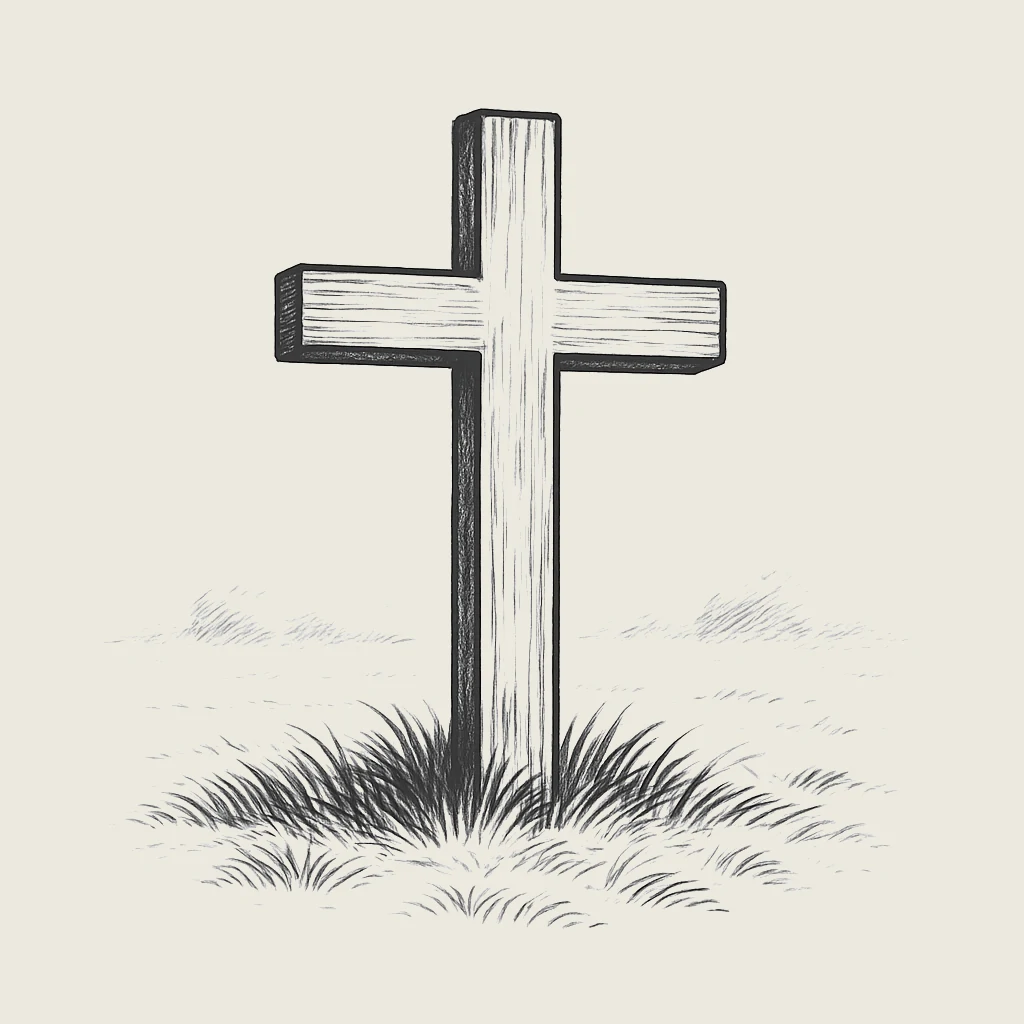What Does the INCI Titlo on Crosses Mean?
The INCI titlo on crosses is an important religious symbol that is found in the Orthodox and Old Believer traditions. This inscription, which has a deep historical and theological context, refers to one of the key phrases written on the cross of Jesus Christ by the order of Pontius Pilate. In this article, we will take a closer look at the meaning of the INCI titlo and why it causes controversy among the faithful.
Meaning of the INCI Titlo
The INCI titlo stands for "Jesus of Nazareth, King of the Jews." This is an abbreviation of the Slavic version of the inscription that was written on the cross of Jesus Christ at the time of his crucifixion. In the Gospel of John (19:19), it is stated that Pontius Pilate ordered the inscription to be placed on the cross to indicate the crime of Jesus. This inscription was written in three languages: Hebrew, Latin, and Greek.
The inscription "Jesus of Nazareth, King of the Jews" is one of the most famous in Christian tradition, and it is often found on Christian crosses, especially in Orthodox and Old Believer churches. In Western tradition, the Latin abbreviation INRI is typically used, which also denotes this phrase.
Why Do Old Believer Crosses Not Feature the INCI Titlo?
In the Old Believer tradition, the INCI titlo is not always present on crosses. The reason for this is the schism that occurred in the 17th century, when disputes arose between the Old Believers and the New Believers over various church reforms. One of these reforms was the introduction of the INCI titlo, which became part of the changes made to the Russian Church during the Nikonian reforms.
Old Believers, in turn, rejected the innovations related to the use of the INCI titlo. They continued to use traditional inscriptions on crosses, such as IHS ("Jesus Christ, King of Glory"), which, in their opinion, better reflected the divine nature of Jesus Christ. This debate continued for a long time, and different Old Believer groups had varying views on the use of the titlo.
The Role of the INCI Titlo in the Context of the Schism
After the Nikonian reforms, the INCI titlo became part of the official church practice, but Old Believers, especially the Pomorians and Philipovians, continued to reject these innovations. The influence of the titlo on the schism in the church became an important theological and political issue, as many Old Believers considered its use a violation of ancient canons.
Supporters of the INCI titlo argued that the inscription on the cross literally indicated that Jesus was called the King of the Jews, and this was part of the divine plan for salvation. Opponents, such as the Fedorovians, insisted that the inscription "Jesus Christ, King of Glory" better reflected the divine nature of Christ and avoided being tied to the political context of Judea.
Crosses with the INCI Titlo: Modern Practice
In modern Orthodox practice, the INCI titlo is often found on crosses, but its use can vary depending on local traditions and church movements. Crosses with the INCI titlo often also feature other inscriptions, such as "IS HS SN BZHIY" (Jesus Christ, Son of God) or "TSR SLVY" (King of Glory), which emphasize the divine nature of Jesus.
Today, many Orthodox crosses bear the INCI titlo, as it has become part of the church tradition associated with the teaching of Christ's crucifixion. However, some Old Believer communities, such as the Fedorovians, continue to reject the titlo and use other inscriptions that more closely align with their doctrine.
Conclusion
The INCI titlo on the cross is an important symbol in Christian tradition, reflecting the divine nature of Jesus Christ. This inscription has deep theological roots and is tied to the events of Christ's crucifixion and death. It is important to understand the historical and religious context of the use of the INCI titlo, as well as the differences in practice between the Orthodox Church and Old Believerism.
Regardless of whether we use the INCI titlo or other forms of inscriptions on crosses, the main significance always remains in the symbolism of the cross, which reminds us of the great sacrificial act of the Savior for the salvation of all humanity.
Read also:




